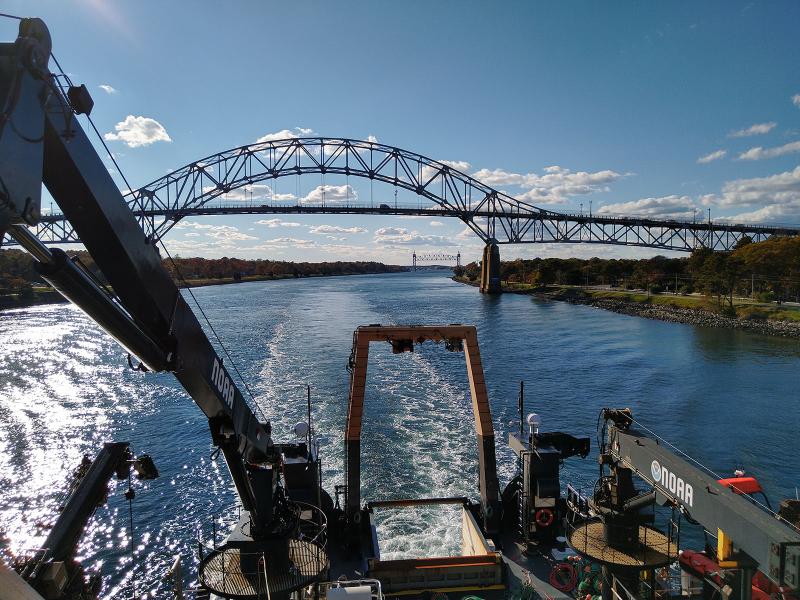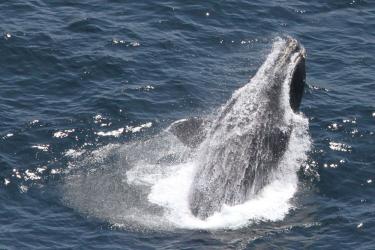Editor's Note December 4, 2023: Endangered North Atlantic right whales are approaching extinction. There are approximately 360 individuals remaining, including fewer than 70 reproductively active females. Human impacts continue to threaten the survival of this species.
There’s a strong case that the birthplace of U.S. oceanography is Woods Hole, Massachusetts, a little coastal village in Cape Cod at the point closest to Martha’s Vineyard. The nation’s first federal conservation agency was founded there in 1871. That agency would ultimately become NOAA Fisheries, the body tasked with regulating and protecting our marine resources.
In this episode of Dive In With NOAA Fisheries, we continue our series on surveys and data collection with a look at the Northeast region and the historic origins of Woods Hole. Today, it's an epicenter of oceanography and home to several institutions, including the Northeast Fisheries Science Center. John Sheehan speaks with Dr. Jon Hare, the Director of the Northeast Fisheries Science Center, about the center’s mission, history, and the challenges it’s facing today. From spring and fall trawl surveys and long line surveys to aquaculture research, a whole suite of marine mammal surveys, and passive acoustics, our scientists conduct a truly amazing breadth of science within Northeast waters.
Endangered North Atlantic right whales primarily occur in Atlantic coastal waters on the continental shelf. They also are known to travel far offshore, over deep water. North Atlantic right whales were hunted nearly to extinction in the early 19th century, and today there are fewer than 350 remaining, and not even 100 breeding females.
NOAA Fisheries is dedicated to trying to conserve and rebuild North Atlantic right whale populations. John Sheehan also speaks with Dr. Danielle Cholewiak, a leader for the large whale program and a protected species branch at the Northeast Fisheries Science Center. She explains how technology has evolved to help us study these endangered creatures.





